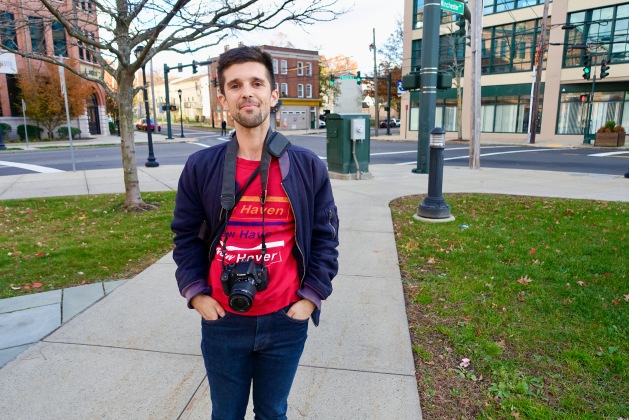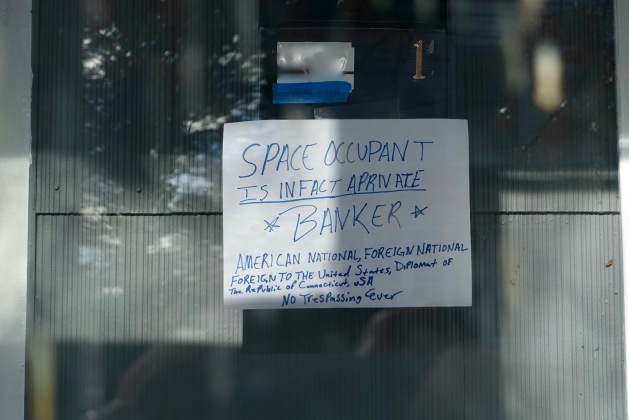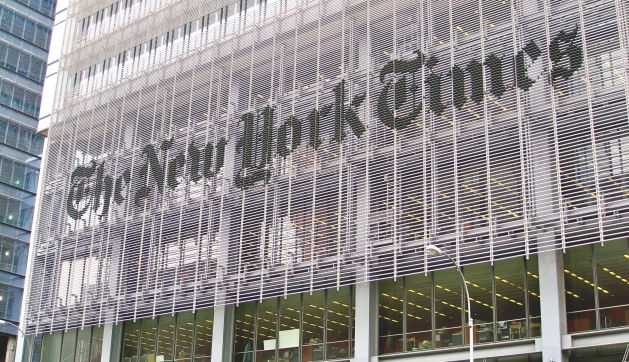
Sarah Palin. Photo (cc) 2017 by Gage Skidmore.
Previously published at GBH News.
To the extent that fading right-wing icon Sarah Palin had any strategy in pursuing her deeply flawed libel suit against The New York Times, it was this: to force a reconsideration of protections for the press that had stood for nearly 60 years, thus exacting vengeance against her tormenters in what she once infamously labeled “the lamestream media.”
It’s at least theoretically possible that could still happen. But the devastating manner in which she lost has made it less likely, not more, that the U.S. Supreme Court will eventually take her up on her invitation to weaken or overturn its landmark New York Times v. Sullivan decision.
First came U.S. District Judge Jed Rakoff’s move on Monday to throw out the case and rule in the Times’ favor.
Rakoff was troubled by the 2017 Times editorial at the heart of the case, which claimed — falsely — that Jared Loughner, who shot then-U.S. Rep. Gabby Giffords and killed six others in 2011, had been incited by a map put together by Palin’s political action committee that depicted gunsights over Giffords’ district and those of 19 other Democrats.
“I don’t mean to be misunderstood,” Rakoff said. “I think this is an example of very unfortunate editorializing on the part of the Times.” But Palin’s lawyers did not present any evidence that the error was anything other than a sloppy mistake by then-editorial page editor James Bennet, who was contrite and apologetic during his testimony.
Rakoff did not inform the jurors of his ruling, instead allowing them to move ahead with their deliberations in order to assemble a more complete record for the inevitable appeals. That only added to Palin’s humiliation, as all nine jurors voted against her when they announced their verdict on Tuesday.
“Your job was to decide the facts, my job is to decide the law,” Rakoff said. “As it turns out, they were in agreement in this case.”
Press advocates had worried that the case could substantially weaken Times v. Sullivan, a 1964 court ruling that public officials cannot win a libel suit unless they are able to show that a false, defamatory story about them was published or broadcast with “actual malice” — that is, with the knowledge that it was false, or with reckless disregard for the truth. That protection was later extended to public figures.
Palin is all of the above — a former Alaska governor and Republican vice presidential candidate who transformed herself into an all-purpose celebrity. A ruling in her favor would have rendered the actual-malice standard meaningless.
There are, of course, those who have railed against Times v. Sullivan for years. As a presidential candidate in 2016, Donald Trump vowed he would “open up our libel laws so when they write purposely negative and horrible and false articles, we can sue them and win lots of money.”
And as I’ve written previously, two Supreme Court justices, Clarence Thomas and Neil Gorsuch, have said they would like to revisit Times v. Sullivan. But though Thomas appears ready to overturn the decision in its entirety and return libel law to the states, Gorsuch has indicated he would take a more subtle approach. Because the Palin verdicts are so clear-cut, it may be difficult for the justices to use them as a reason to sink their fangs into the Sullivan decision.
Rakoff’s unusual two-part approach presents an additional obstacle to Palin’s hopes for winning on appeal. As David Folkenflik reported for NPR, if an appeals court were to set aside Rakoff’s verdict, the jury’s verdict would still be in effect.
Finally, the case helped demonstrate the importance of First Amendment protections even for bad journalism — which the Times’ editorial surely was. Bennet inserted language into an editorial — “the link to political incitement was clear” — that was patently false and defamatory. There was no connection between Palin’s map and the shooting of Gabby Giffords and others. (Although it would not be surprising to learn that the jury considered the fact that Palin really did publish that grossly irresponsible map.)
But the media must have the freedom to report on matters of public importance without being subjected to crippling lawsuits because of inadvertent mistakes. As Justice William Brennan wrote in the Sullivan decision, “erroneous statement is inevitable in free debate, and … it must be protected if the freedoms of expression are to have the ‘breathing space’ that they ‘need … to survive.’”
So Times v. Sullivan lives — for now. Whether Palin’s lawyers will somehow be able to transform their resounding defeat into a winner on appeal remains to be seen. But a federal judge and a jury of Palin’s peers saw through her bogus complaint. For now, that’s enough.











